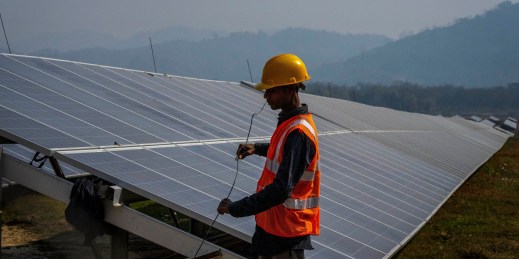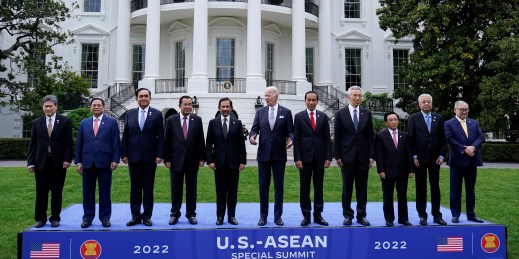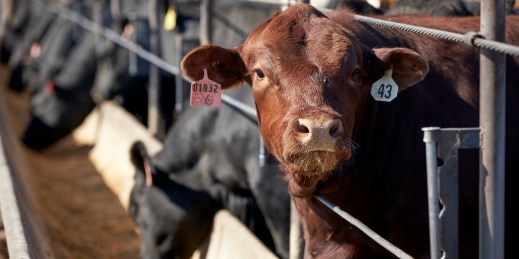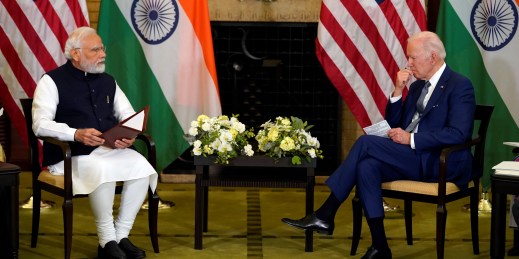
India’s latest budget, which laid out plans to increase public investments in climate change mitigation efforts, signals progress on New Delhi’s commitment to halve its carbon emissions by 2030 and decarbonize its economy by 2070. But funding for adaptation is lacking, even as the effects of locked-in warming are already manifesting.



